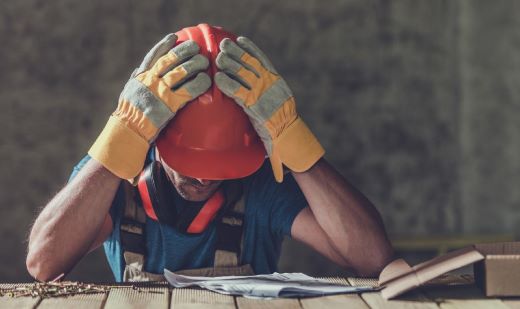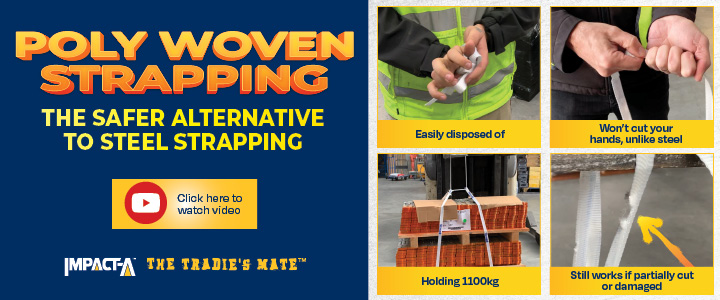Australia’s cultural complacency around how physical and psychological health and welbeing are prioritised in the workplace has been challenged in recent months. With psychosocial risks increasingly becoming an area of focus for safe work regulators, high-profile entities including Court Services Victoria and the Department of Defence have found themselves on the wrong side of the law for alleged failures to manage these types of hazards. This follows a tightening of regulations under the Commonwealth’s Work Health and Safety Act, where almost all states and territories have recently developed a code of practice to sit alongside the relevant legislation offering guidance on how employers manage exposure to psychosocial hazards and risks to psychological and physical health and safety at work.
While the definition of these types of hazards differs between jurisdictions, common issues raised in recent prosecutions include workplace interactions that have exposed employees to inappropriate workplace behaviours and intrusive workplace surveillance, or occupational violence and poor role clarity.
Prolonged exposure to these types of risks can result in sustained psychological and/or physical harm. Statistics from Safe Work Australia show that while the fatality rate in Australian workplaces is decreasing, down 57 per cent from its 2007 peak, the incidence rate for serious claims from the construction sector remains well above the industry average.
The data for 2020/21 shows the construction industry had the third highest fatality rate for the period, recording 24 deaths, behind 52 for the transport, postal and warehousing industry, and 33 for agriculture, forestry and fishing. By occupation, machinery operators and drivers had a much higher rate of work fatalities, followed by labourers. There were more than 16,000 serious injury claims for the construction industry over the same period.
Of equal concern, according to industry-backed suicide prevention group Mates in Construction (MIC), is the fact Australian construction workers are six times more likely to die from suicide than from an accident at work, with 190 construction workers taking their lives every year.
MIC blames this on several factors including a competitive and male-dominated workplace culture; stigma around the subjects of mental health and suicide; failure by management to accept or apportion responsibility; higher levels of substance and alcohol misuse; disparate workplaces and high incidence of FIFO and DIDO work; and, inconsistent/intermittent work.
But it’s not just the danger to employees causing concern. In terms of lost productivity, the construction services sector lost 152,000 FTEs during the same period in absenteeism, presenteeism and reduced employment as a consequence of employees dealing with these types of workplace hazards.

Workplace safety and health expert Catherine Dunlop, of legal firm Maddocks, says legislation around psychosocial risk is a developing area, with increased debate about “both the nature of the hazards and the best practice ways to address them”.
Dunlop says there are several other actions employers can take when considering control measures to address identified psychosocial hazards on the work site. These include applying a safety lens to workplace disputes, complaints and inappropriate behaviour as well as regularly consulting and reviewing records to understand the psychosocial hazards arising in workplaces under their control.
It’s important for employers to recognise these relate to workers engaged by them as well as contractors, she says.
Dunlop adds close consideration should also be given to job design and job crafting while leaders should also plan for future risks so that they can be addressed proactively. Employers also need to support their managers to address potential hazards.
“Not all psychosocial hazards result in harm to workers, and good leaders have a significant preventative role in ensuring an appropriate workplace culture, supporting workers during times of peak demand, and considering new ways of working or addressing hazards.
“An attitude that the responsibility for addressing psychosocial hazards sites with the health and safety team can be entirely outsourced to consultants to advise on has no place in workplaces in 2024.”
As a result of growing interest in this area, an increasing number of employers are now turning their attention to surveillance systems designed to monitor workplace psychosocial risk factors.
One such predictive safety system tool is SaferMe, a mobile safety platform developed with funding from the New Zealand government’s insurance claims provider. The software, which is used in 30 countries, enables organisations to mobilise critical safety data in real time.
SaferMe CEO Jessica Knapp says the software has been developed specifically to address gaps in employee workplace safety and as such, looks at 15 psychosocial factors featured in the Australian code of practice.
Because data about employees’ current physiological and psychological states as well as the social component of their work is collected via a QR code on a daily or weekly basis, Knapp says the software attracts an 80 per cent participation rate—significantly more than typical response rates.
“What these insights can offer employers is visibility on the elevated areas of risk and the recommended areas of action while also allowing construction clients to see where they are sitting against the industry average. What we know about psychosocial risk is that psychosocial hazards generally go unnoticed and therefore unmeasured and unmonitored. What happens then is they become really big business problems.”





